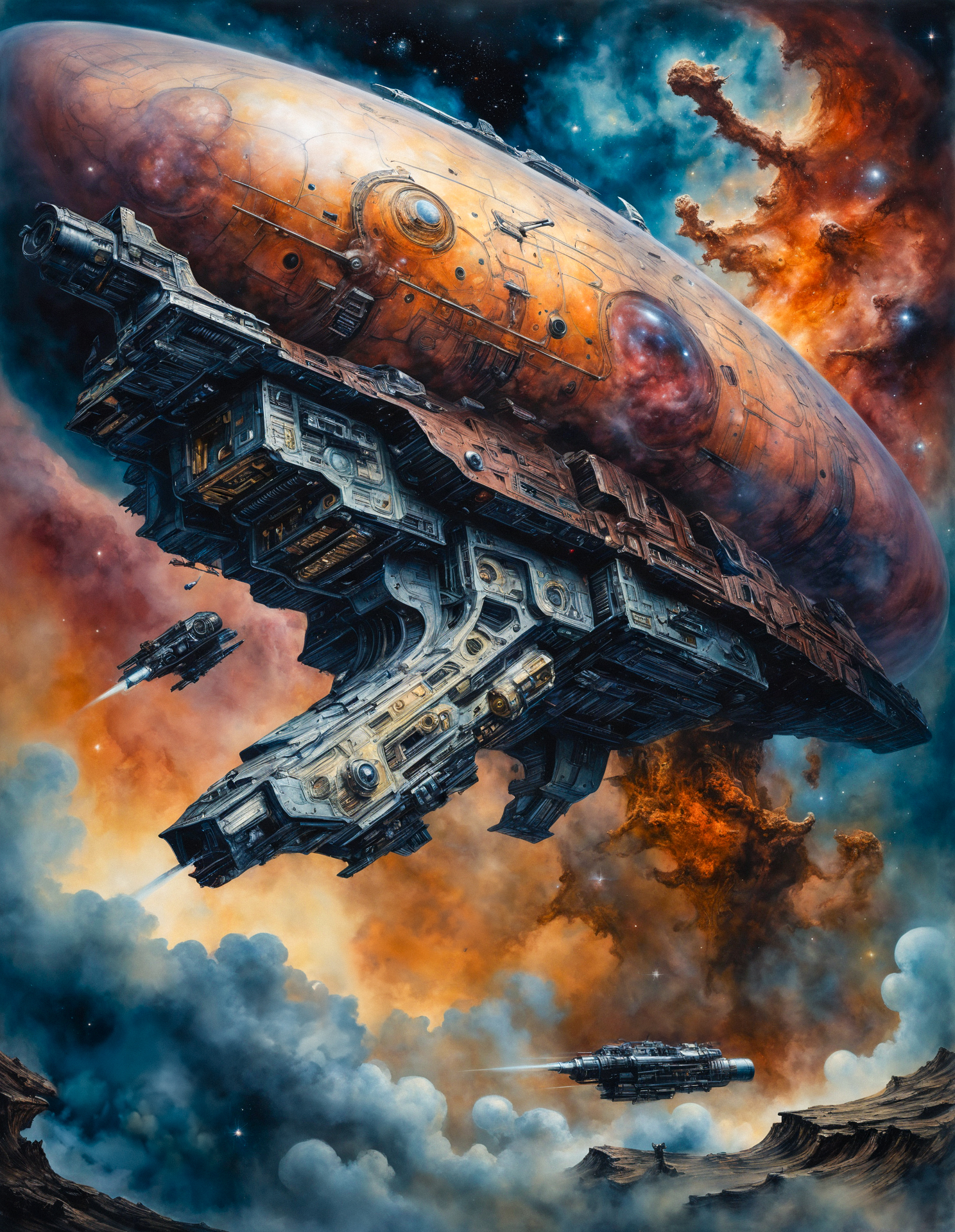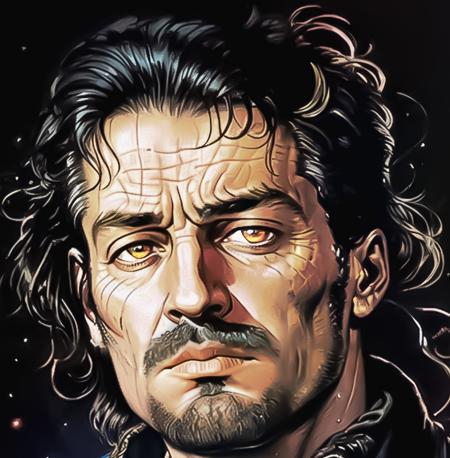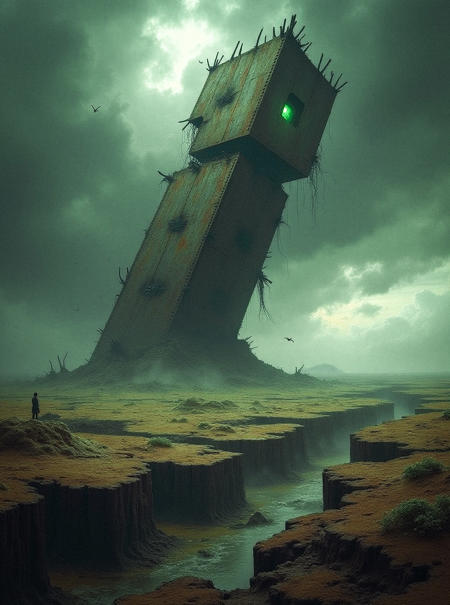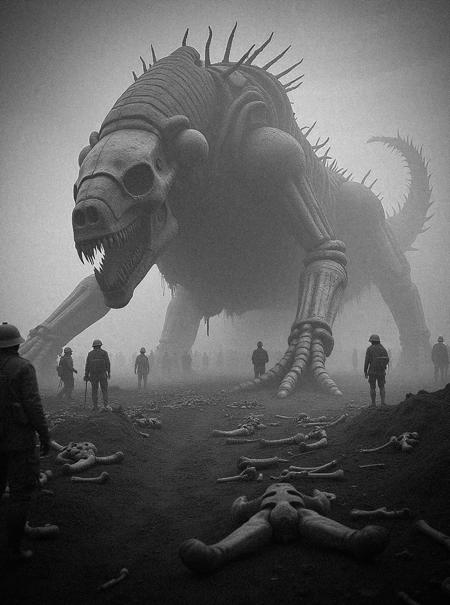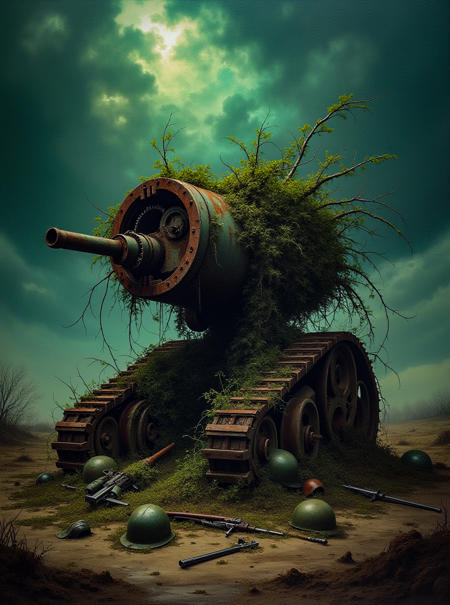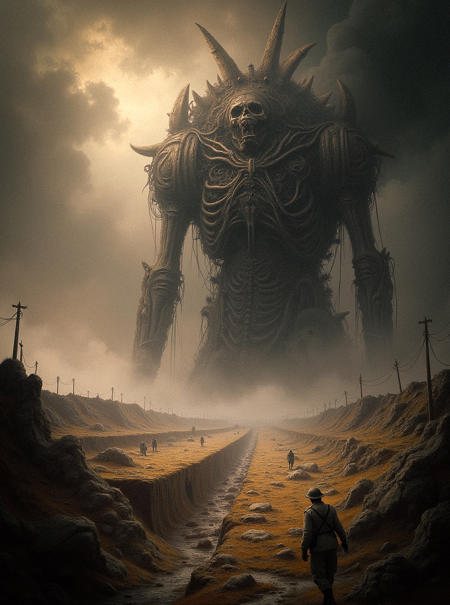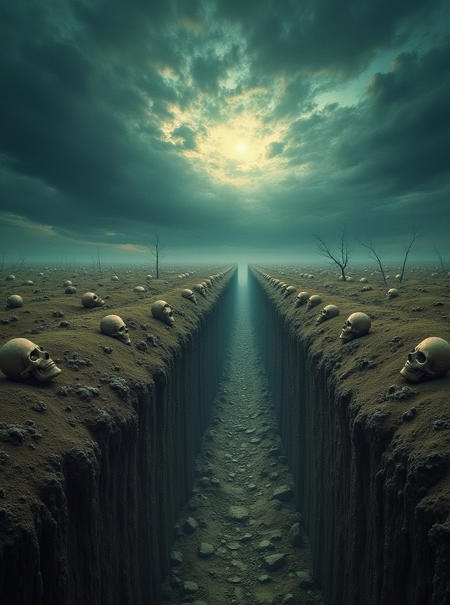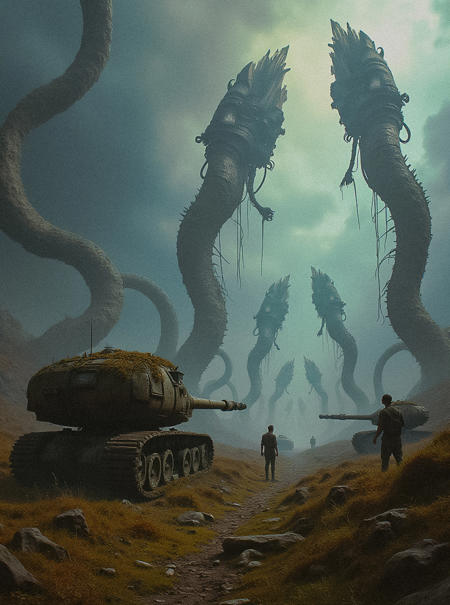Drawing inspiration from modern masters like Range Murata, Yoshitaka Amano, Katsuya Terada, medium shot, Lost in the Nebula: Floating in a gaseous nebula, the soldiers' spaceship is disabled. Outside, their boltguns appear faint and tiny against swirling colors and mysterious shapes, making them feel like microscopic entities in a vast organism. <lora:boltgunXLLoRAv1:0. 666>, g1g3r<lora:g1g3r:0. 33>, eerie, surreal, uncanny, mysterious, strange, odd, disturbing, fucked up beyond all recognition, deep digital painting layers, subtle emotional nuances, fluid watercolor techniques
realistic, bland, childish, simple, monochrome, generic anime,chibi,neon,clich shoujo,exaggerated,simple
46
Safe
Private
